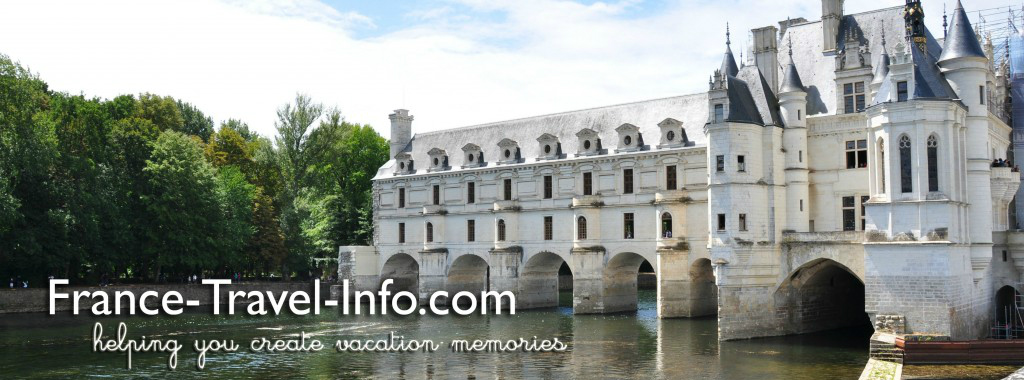Saint-Etienne-du-Mont
Saint-Etienne-du-Mont is located across the street from the Panthéon in the Latin Quarter. The church’s origins lie with the abbey of Sainte-Geneviève. Clovis, King of the Francks, founded the abbey in the sixth century. The church was later enlarged (1492) and the name changed to Saint-Etienne. Progress was slow as the church was not finished until 1626.

The abbey of Sainte-Geneviève was demolished in the 1700s. The present day church of Saint-Etienne-du-Mont and the abbey bell tower are all that remain of the original church.

The tomb of Ste-Geneviève in Saint-Etienne-du-Mont houses the remains the patron saint of Paris. Sainte-Geneviève converted King Clovis to Christianity in the 5th century. The credit for saving Paris from an attack by Attila the Hun and his army of 700 000 goes to Sainte-Geneviève. Although destroyed during the French Revolution, the stone remains upon which her coffin rested.
Saint-Etienne-du-Mont Rood Screen

This Gothic/Renaissance styled church boasts the only surviving rood screen (16th century). The rood screen crosses the nave with support on either side by spiral staircases. [Rood screens are also called choir or chancel screens. They were an ornate partition between the chancel and the nave of the church, providing a visual barrier between the congregation and the high altar. Rood screens were surmounted by a crucifix – these large crosses are called a rood.]

There is also an ornate 17th century organ and stained glass from the 16th and 17th centuries. Both Pascal and Racine are buried here.

“The body of BLAISE PASCAL, who died 19 August 1662 in this parish, was interred near this pillar. R.I.P.”

Details of the rood screen
This is a beautiful church in its own right despite its film popularity. If you have seen Woody Allen’s film Midnight in Paris, then you will recognize this church! From the church steps on the northern side, Gil receives his invitation into the 1920s Peugeot and whisked away to an earlier time period.
Directions to Saint-Etienne-du-Mont
1 place Ste-Geneviève
Metro Line 10, Cardinal Lemoine stop, or
RER B, Luxembourg stop
Reference
William W. Clark, “Context, Continuity, and the Creation of National Memory in Pairs, 1130-1160: A Critical Commentary”, Gesta, Vol. 45, No. 2, 50th Anniversary of the International Center of Medieval Art (2006), pp. 161-175.
<< Back to Paris-City of Light


Leave a Reply